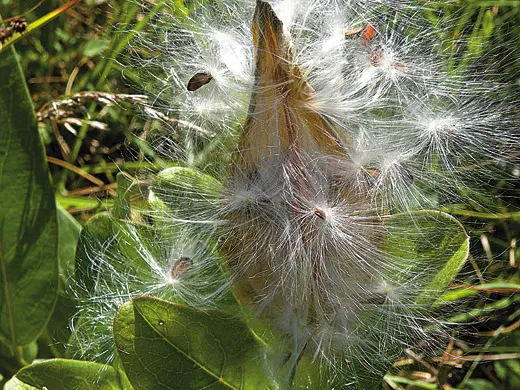The Noah’s Ark of Plants and Flowers
Scientists at a British laboratory are racing to preserve thousands of the world’s threatened plants, one seed at a time
/https://tf-cmsv2-smithsonianmag-media.s3.amazonaws.com/filer/FOB-plant-seeds-631.jpg)
Down a spiral staircase, deep inside the Millennium Seed Bank in West Sussex, an hour or so from London, you’ll find the heart of the facility. Behind a massive airlock door you enter four 516-square-foot cold-room chambers, maintained at minus-20 degrees Celsius—sufficiently frigid to preserve botanical treasure, depending on the species, for 500 years.
Dozens of shipments arrive weekly from every corner of the globe—seeds air-freighted from far-flung locations: the deserts of Kyrgyzstan, the Dominican Republic’s tropical valleys, the alpine meadows of China, the plains of Oklahoma. In more than 50 countries, hundreds of researchers are engaged in one of the most ambitious undertakings in the history of field science: The goal is to collect 25 percent of the planet’s 400,000 plant species by 2020.
Scientists are racing against time: 100,000 species of flora—imperiled by habitat destruction, overharvesting and climate change—are threatened with extinction. “Even if we know that plants are being lost in the wild,” says Paul Smith, head of seed conservation, “if we can get them into the seed bank, we can regenerate them in the future.”
Today, the state-of-the-art facility, completed in 2000 under the aegis of London’s Royal Botanic Gardens, Kew, stores 2.2 billion seeds—and counting. (As further insurance against disaster, Norway’s Svalbard Global Seed Bank contains copies of seeds stored in various banks around the world.)
The challenge of propagating a plant after frozen storage is a primary focus of research at the site. “We test the seeds once we’ve gathered them, working out the best possible circumstances to allow them to germinate,” says Michael Way, head of collecting and a veteran of scores of expeditions.
Way has gathered samples for the MSB underground bunkers from an exceedingly rare ecosystem in the United States: Northern tallgrass prairie. Less than one-tenth of 1 percent of that original habitat remains. In collaboration with the Chicago Botanic Garden, he joined a mission to northern Oklahoma, where he collected seeds from green antelopehorn milkweed, a species essential to the survival of the monarch butterfly.
“I had read about this,” recalls Way, “but being able to see the butterflies on the milkweed was absolutely brilliant. They are an extraordinary orange, particularly when you view them in any number.”
The seed bank researchers believe their chambers will become an increasingly crucial repository for plants that have applications yet to be discovered, including medicinal uses or as drought-resistant crops in a world where water will become increasingly scarce. “The main thing,” says Smith, “is to catch plants in the wild while we can.”
